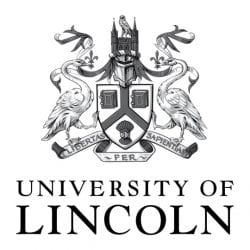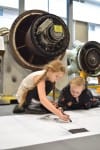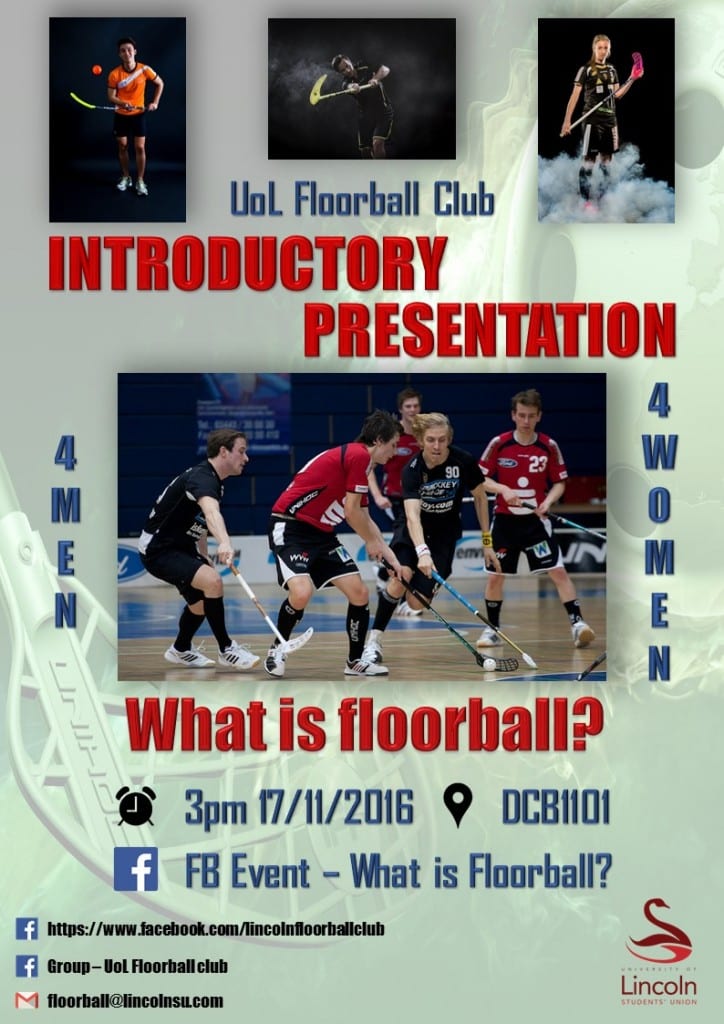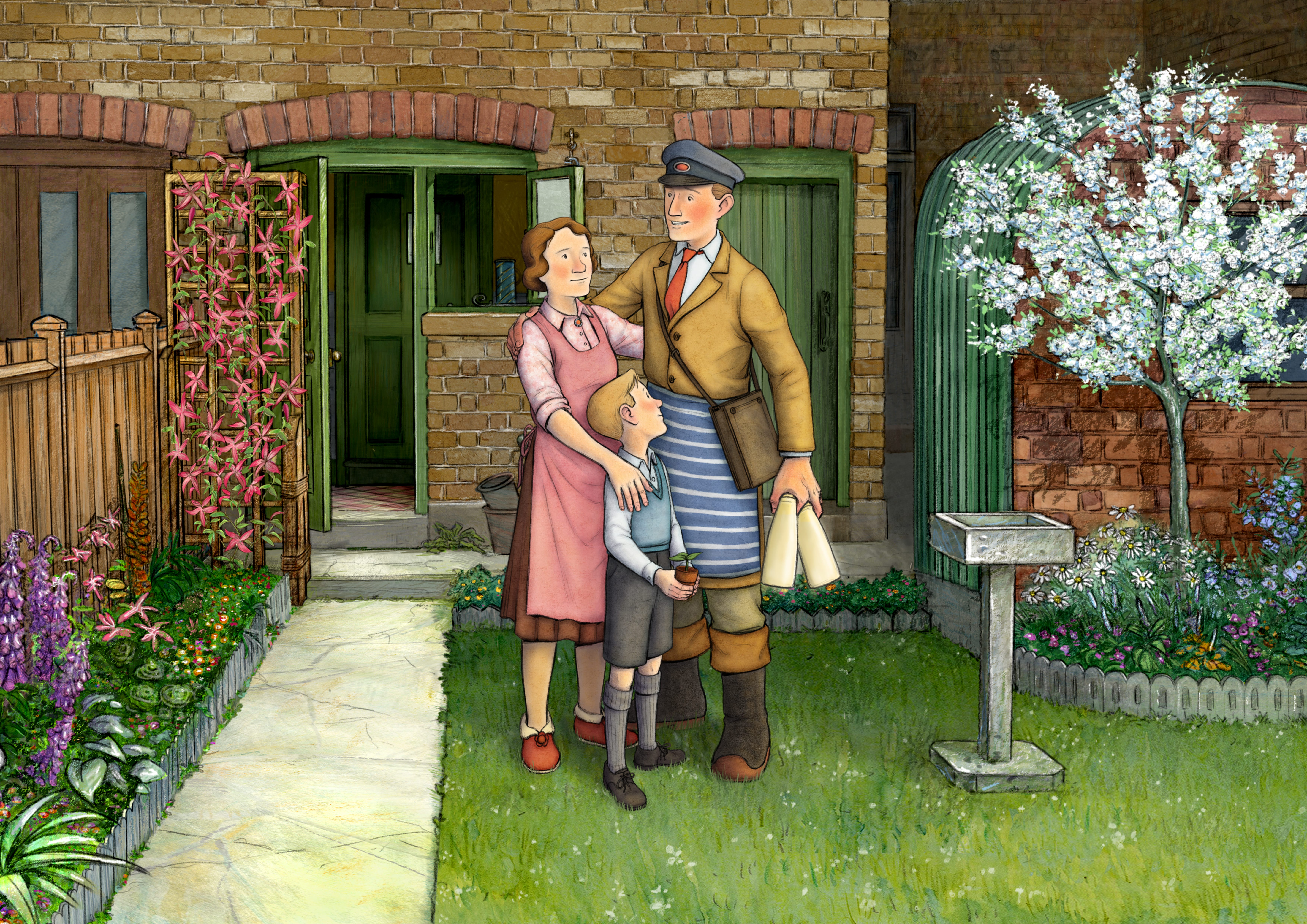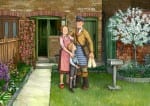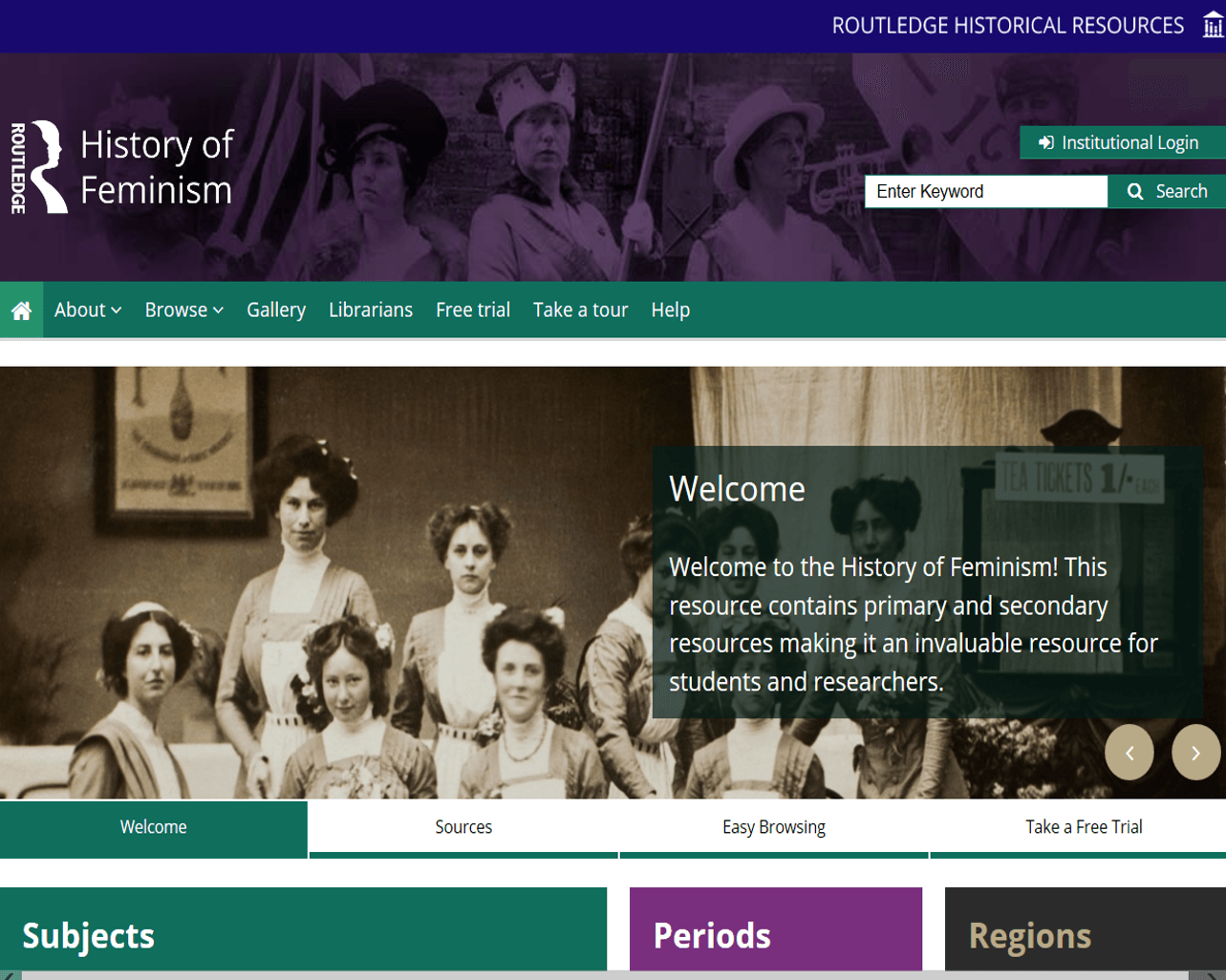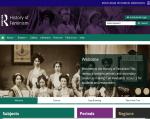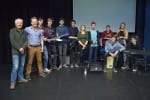 Music students at the University of Lincoln had the chance to learn from one of the best in the business when they were treated to a masterclass from renowned sound engineer and record producer, Tony Platt.
Music students at the University of Lincoln had the chance to learn from one of the best in the business when they were treated to a masterclass from renowned sound engineer and record producer, Tony Platt.
Throughout his long and successful career, Tony has worked with a range of high-profile artists, from Bob Marley and Paul McCartney to AC/DC and Iron Maiden, and is closely involved with the music industry accreditation body, Joint Audio Media Education Support (JAMES).
He joined students on the University’s BA (Hons) Music degree to deliver a talk entitled The Art Of Busking (or making it up as you go along), providing advice on producing and emphasising the importance of organisation in creativity. The students were then given the chance to perform, providing the opportunity to gain valuable feedback from the respected producer.
Tony Platt is the latest industry expert to work with Lincoln’s Music students, with musician and audio engineer George Shilling and Belle & Sebastian’s Mick Cooke having delivered guest lectures so far this academic year.
Elly Yeatman, a first year Music student, attended the session. She said: “It’s really interesting to hear from different people who all embrace music in different ways, from young community performers to music producers who’ve worked in the industry for years like Tony. Listening to their stories has really opened my eyes to how the music industry works and the wide range of opportunities available to me.”
As a member of JAMES, Tony works to promote supportive links between industry and education. He said: “With the rise of programmes such as Britain’s Got Talent, many students believe that success is instant but it’s really not. They have to find and develop their own style, and make the most of being at university and the facilities on offer to build their portfolio.
“Creative subjects are unique in that they require a completely different way of teaching to more traditional subjects. To develop their skills and understanding of music, students have to expose themselves to as many different viewpoints as possible and that’s why it’s great to get involved in sessions like this.”
